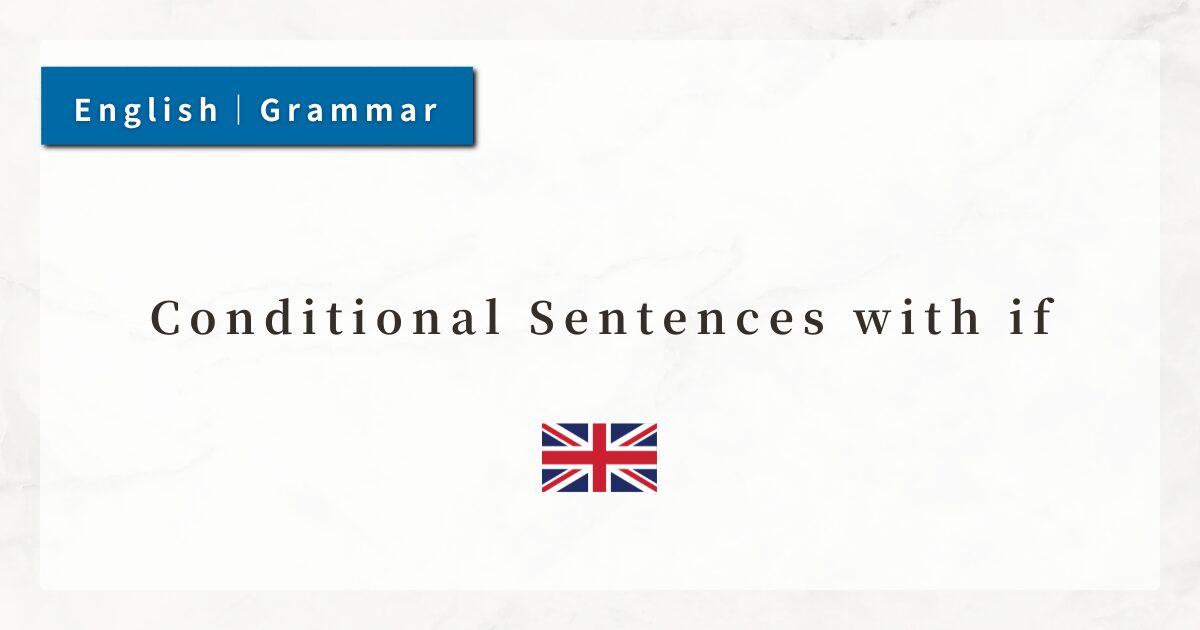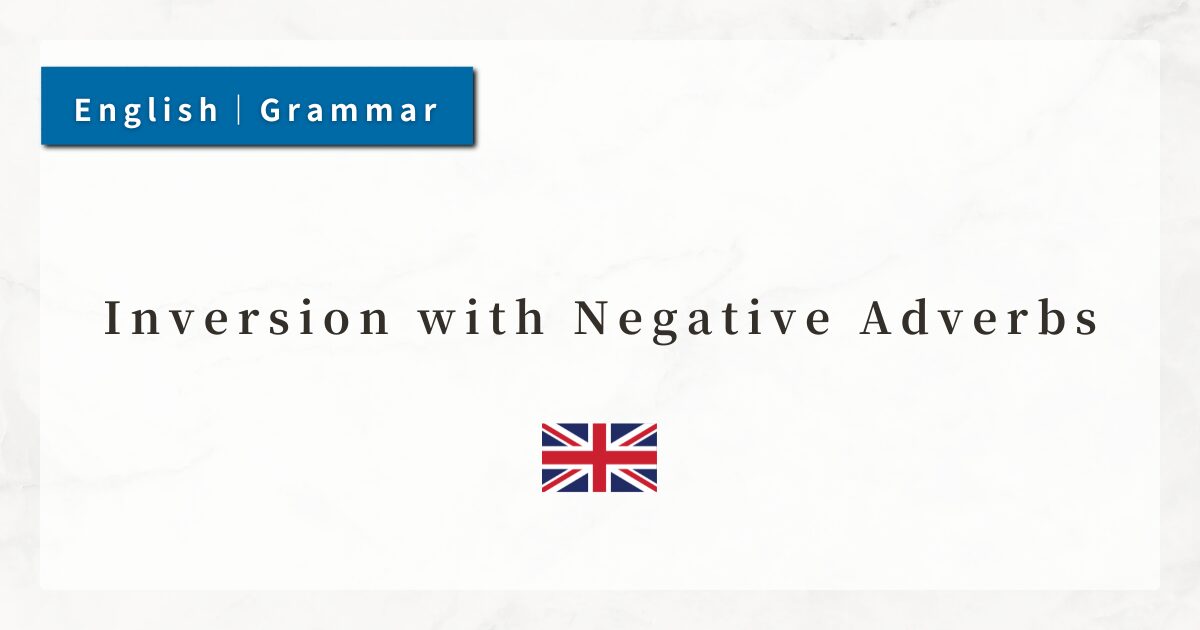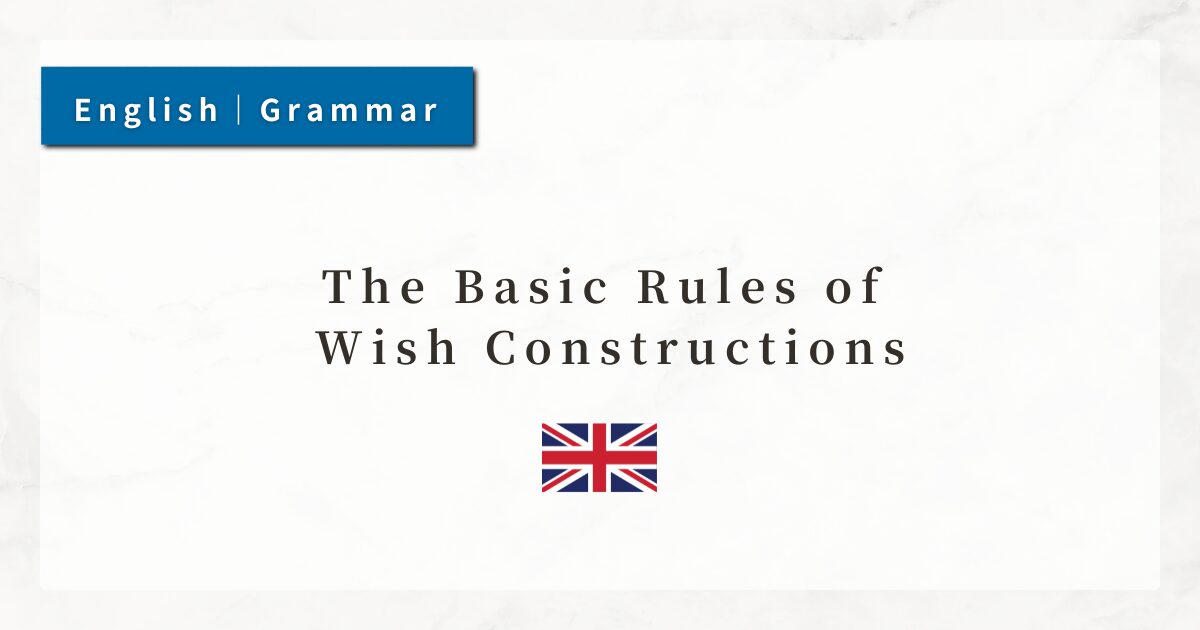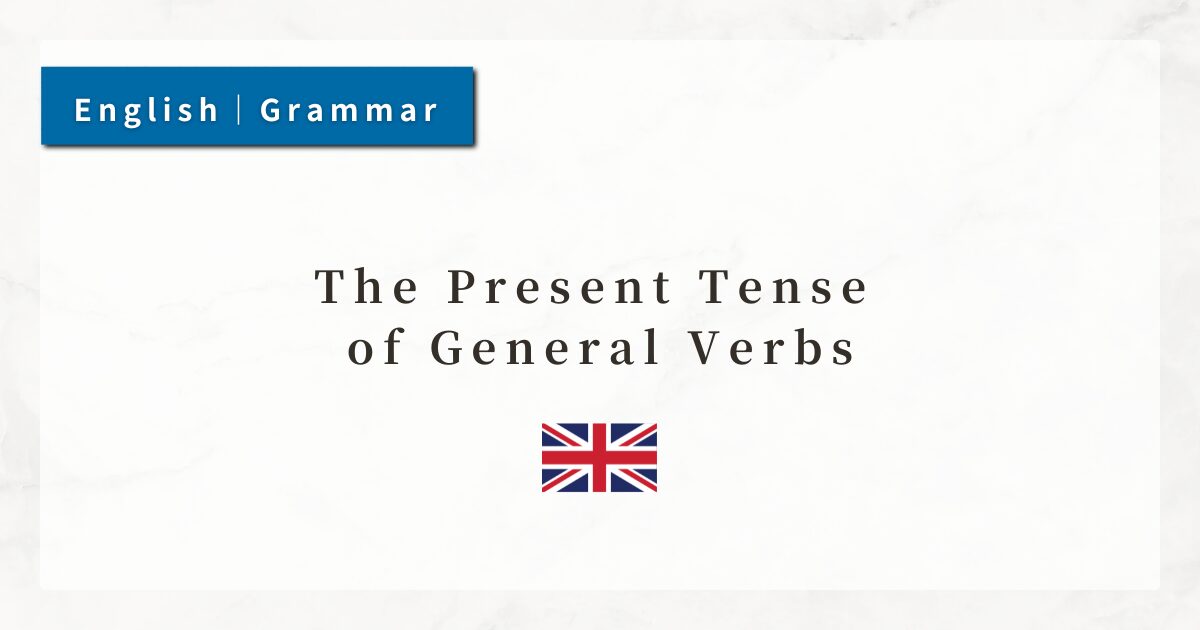#18 The Usage of the Modal Verb “Can”|Explaining Ability, Possibility, and Permission

The English modal verb can is a very common and versatile word that expresses meanings such as “to be able to,” “may,” or “to be allowed to.”
Although it is a short word, its meaning changes depending on the context, so accurate understanding is essential.
In this lesson, I will explain the grammatical role of can, how to form affirmative, negative, and interrogative sentences, and how to distinguish among its three main meanings.
1. Can as a Modal Verb
A modal verb is a special type of verb that is placed before the main verb to add the speaker’s feelings, circumstances, or judgments.
When I use can, it must always be followed by the base form of the verb.
- Correct: I can swim.
- Incorrect: I can to swim. (to is unnecessary)
This is one of the most important rules when using can.
2. The Three Main Meanings of Can
2-1. Ability (to be able to)
The most basic meaning of can is to express ability—whether the subject can physically or mentally perform an action.
- I can play the piano.
- She can speak French.
- He can’t swim.
This sense of “ability” is highly versatile and is used in school, work, hobbies, and everyday situations.
2-2. Possibility (it may happen / it is possible)
Can is also used to express the idea that something may happen or that a certain situation is possible.
- This road can be dangerous at night.
- Learning a new language can be hard.
In this case, can does not mean “who can do something,” but rather “a situation that can occur.” For this reason, the subject does not have to be a person—it can be a thing or a situation.
2-3. Permission and Requests (to be allowed to / could you?)
Can is also used for permission and requests, such as “may I…?” or “you may…”
- You can take a break now. → permission
- Can I open the window? → asking permission
- Can you help me? → request
The request form “Can you ~?” is somewhat casual. For a more polite request, “Could you ~?” is preferred.
3. Forming Negatives and Questions
3-1. Negative Form: can’t or cannot
To make a negative sentence, I add not to can: can’t (cannot) + base verb.
- I can’t understand this question.
- He cannot come today.
In spoken English, can’t is more common, while cannot often appears in written English.
3-2. Interrogative Form: Can + Subject + Base Verb?
When making a question with a modal verb, I place the modal verb (can) at the beginning of the sentence.
- Can you speak Japanese?
- Can I ask you a question?
This structure is frequently used for yes/no questions, and it appears very often in everyday conversation.
4. Summary
- Can is a modal verb and must always be followed by the base form of the verb.
- It has three main meanings:
1. Ability (to be able to)
2. Possibility (it may happen)
3. Permission/Request (to be allowed to / could you?) - The negative form is can’t or cannot.
- For questions, can is placed at the beginning of the sentence.




